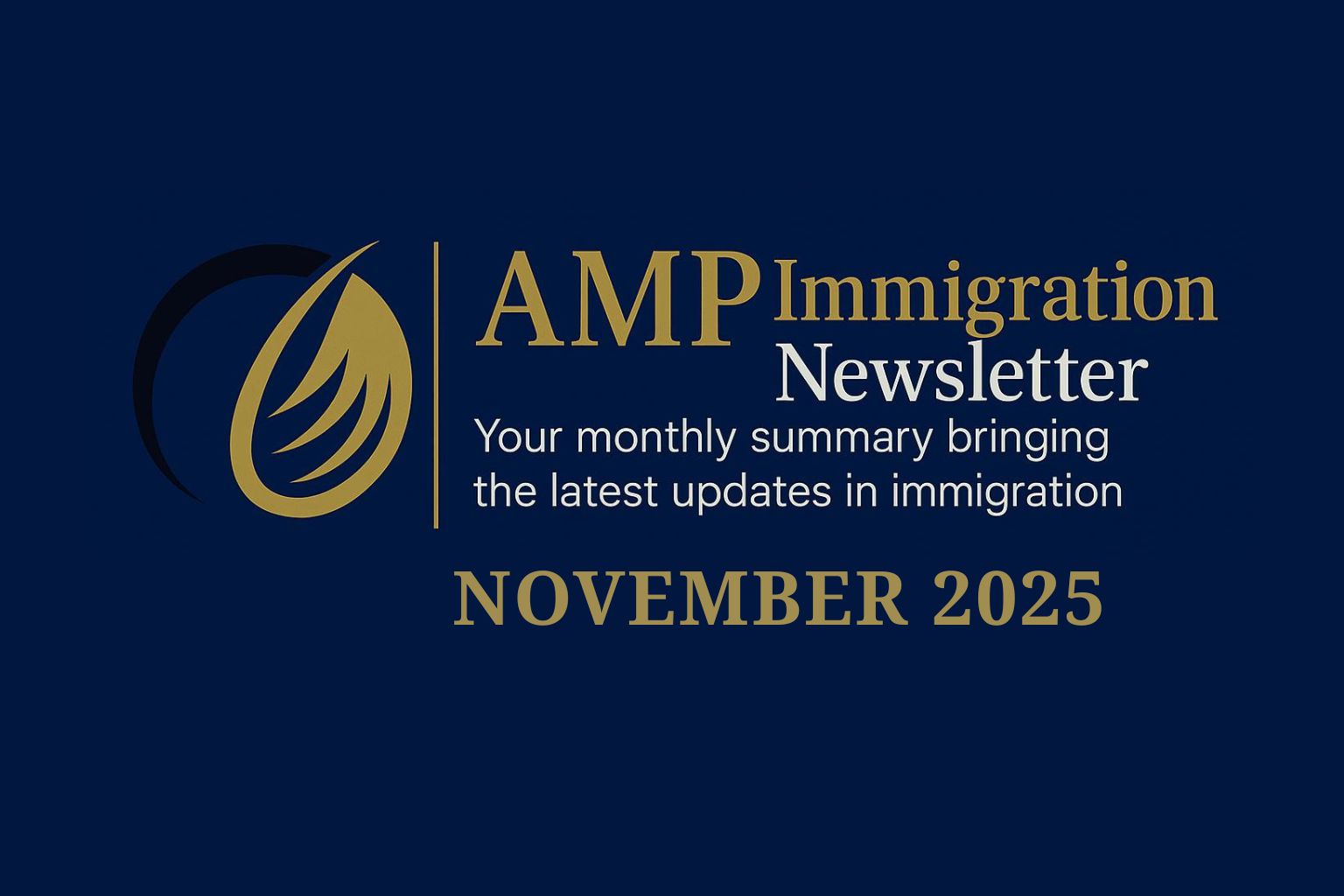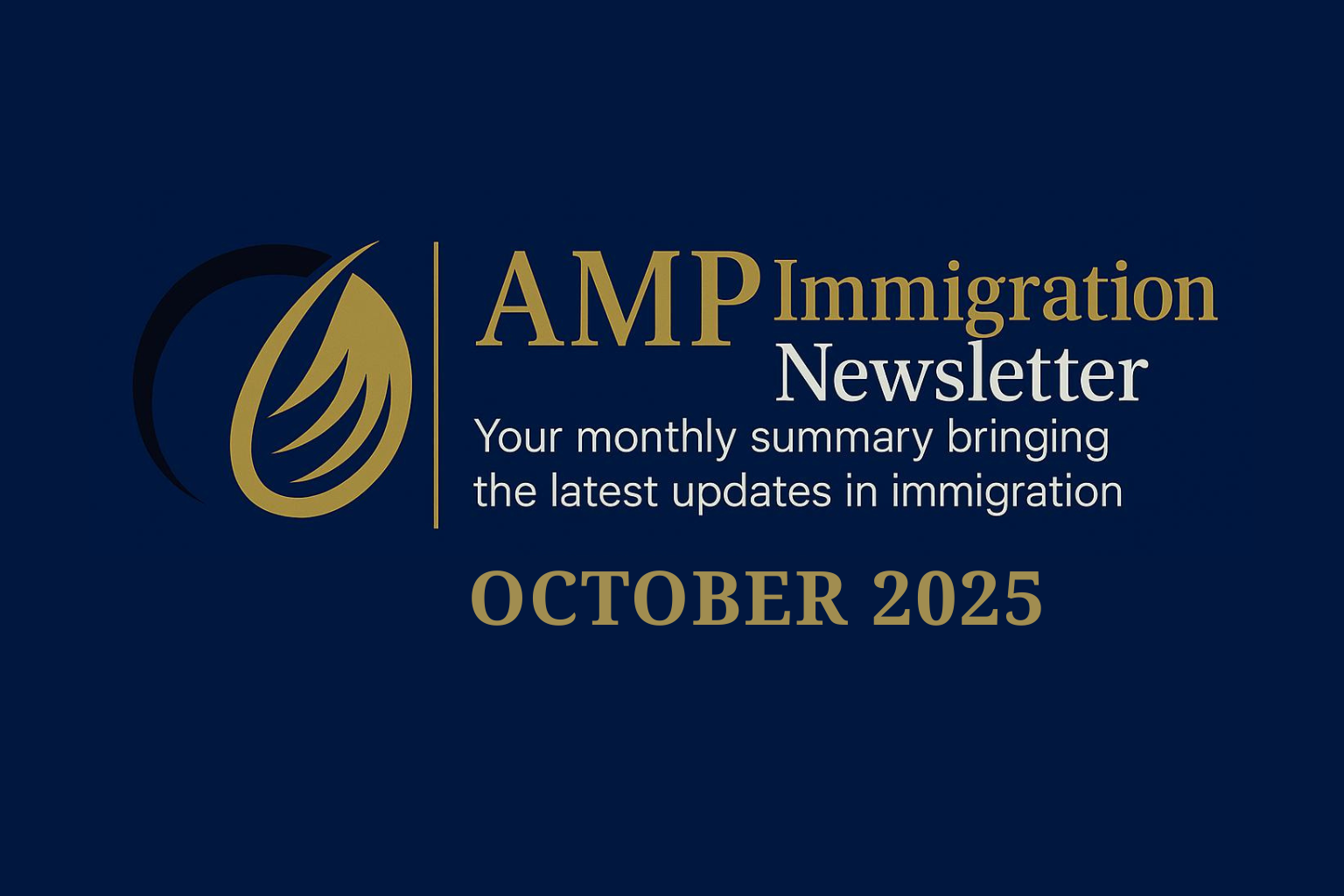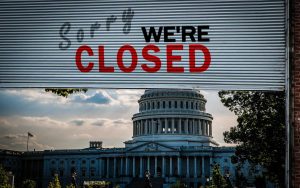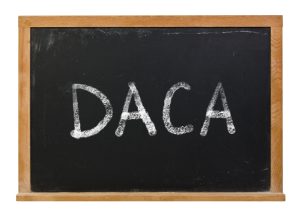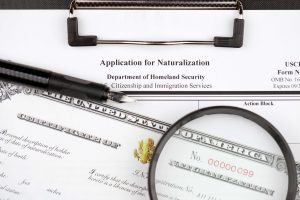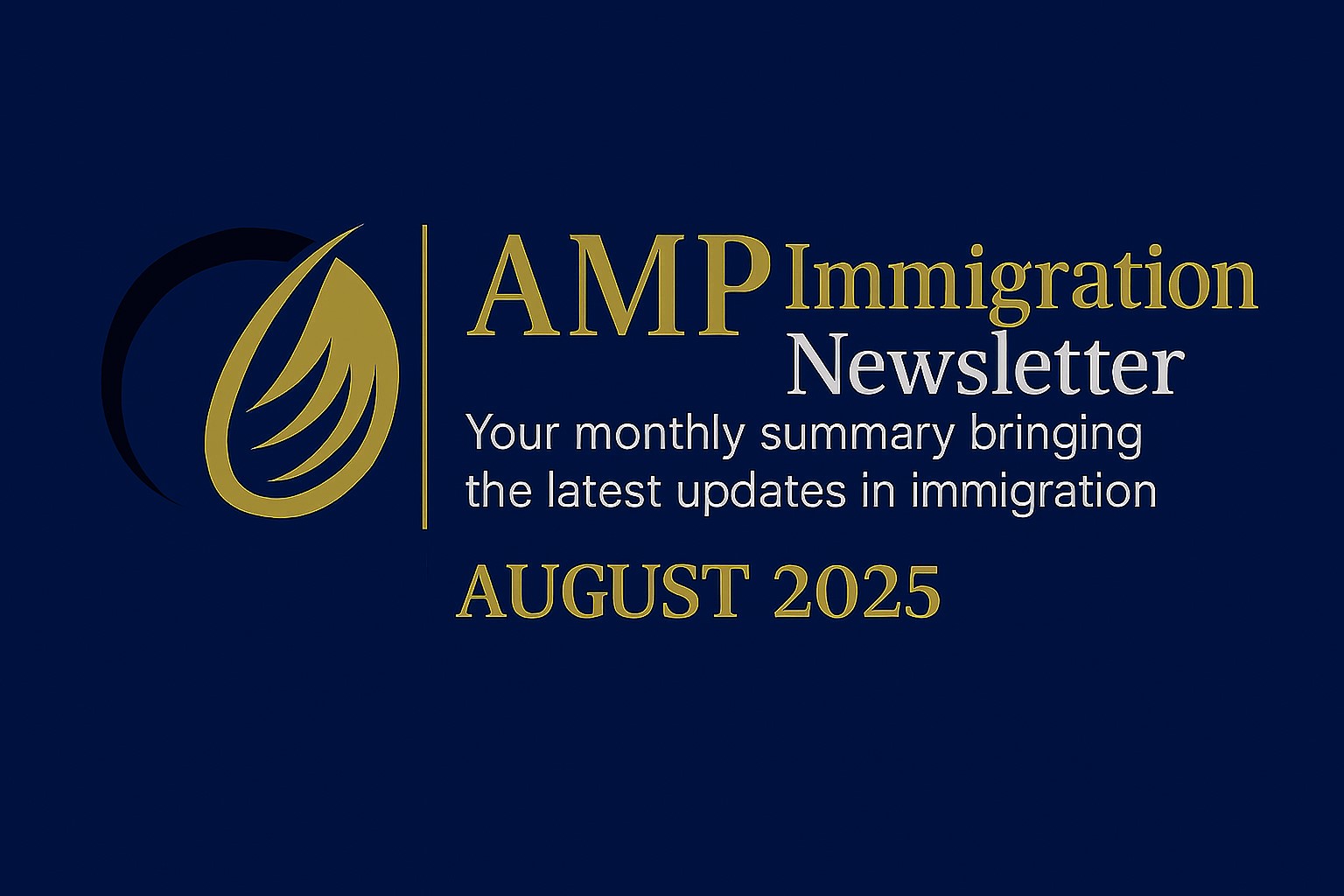Annual Asylum Fees Currently Stayed in Court
(Las tarifas anuales para asilo actualmente están suspendidas por orden judicial)

EN: Following the “One Big Beautiful Bill” fee increases, all individuals with pending asylum cases—whether before U.S. Citizenship and Immigration Services (USCIS) or the Immigration Court—were required to pay a new annual $100 fee. A lawsuit challenged this requirement and the lack of clear payment instructions, and on October 30th the judge temporarily paused the requirement to pay the fee. However, the government is contesting that pause, so this may change. Stay in touch with your attorney to confirm whether and when the fee must be paid.
ES: Tras los aumentos de tarifas incluidos en la “One Big Beautiful Bill”, todas las personas con casos de asilo pendientes—ya sea ante el Servicio de Ciudadanía e Inmigración de EE.UU. (USCIS) o ante la Corte de Inmigración—debían pagar una nueva tarifa anual de $100. Una demanda impugnó este requisito y la falta de instrucciones claras sobre cómo realizar el pago, y el 30 de octubre el juez suspendió temporalmente la obligación de pagar dicha tarifa. Sin embargo, el gobierno está apelando esa suspensión, por lo que la situación podría cambiar. Manténgase en contacto con su abogado para confirmar si debe y cuándo debe pagar la tarifa.
USCIS Eliminates Automatic Extensions for Work Permits
(USCIS elimina las extensiones automáticas para permisos de trabajo)
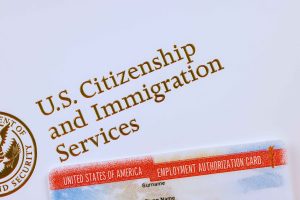
EN: USCIS announced an end to the automatic 540-day extension on many Employment Authorization Documents (EADs) when renewals are filed. That means individuals such as pending asylum applicants, certain green-card seekers, and spouses of visa-holders may no longer be authorized to work during the renewal processing period. The change—justified by the Department of Homeland Security (DHS) as a step toward tougher vetting—could disrupt the employment of hundreds of thousands of eligible workers and the businesses that rely on them, especially since work-permit renewals routinely take many months and sometimes more than a year to process. The rule affects work permit renewals filed on or after October 30th.
ES: USCIS anunció el fin de la extensión automática de 540 días para muchos Documentos de Autorización de Empleo (EAD) al presentar una renovación. Esto significa que personas como solicitantes de asilo pendientes, ciertos solicitantes de residencia permanente y cónyuges de titulares de visas podrían dejar de estar autorizadas para trabajar durante el período de procesamiento de su renovación. El cambio—justificado por el Departamento de Seguridad Nacional (DHS) como una medida para reforzar los controles de seguridad—podría interrumpir el empleo de cientos de miles de trabajadores elegibles y de las empresas que dependen de ellos, especialmente porque las renovaciones de permisos de trabajo suelen tardar varios meses e incluso más de un año en procesarse. Esta norma afecta las renovaciones de permisos de trabajo presentadas el 30 de octubre o después.
New Rule Proposed for CDL Licenses of Non-Citizens
(Nueva norma propuesta para licencias de conducir comerciales (CDL) de no-ciudadanos)

EN: On September 29, 2025, the Department of Transportation (DOT) issued an emergency rule tightening how states issue commercial driver’s licenses (CDLs) and learner’s permits. DOT now limits eligibility to individuals in specific employment-based visa categories. Non-citizens must show a valid passport and unexpired I-94 each time they apply or renew, and CDL expiration dates can’t go beyond the I-94 end date. People with work authorization based only on an EAD—such as asylum applicants, TPS holders, DACA recipients, and pending green card applicants—are no longer eligible. States must pause CDL issuance to non-citizens until their systems comply. Comments on the proposed rule are due November 28, 2025.
ES: El 29 de septiembre de 2025, el Departamento de Transporte (DOT) emitió una norma de emergencia restringe el modo en que los estados emiten licencias de conducir comerciales (CDL) y permisos de aprendiz. Ahora, el DOT limita la elegibilidad a personas que se encuentren en categorías específicas de visa basadas en empleo. Los no ciudadanos deben presentar un pasaporte válido y un formulario I-94 vigente cada vez que soliciten o renueven una CDL, y la fecha de vencimiento de la licencia no podrá superar la fecha de expiración del I-94. Las personas cuya autorización de trabajo se basa únicamente en un EAD—como solicitantes de asilo, beneficiarios de TPS, receptores de DACA y solicitantes pendientes de residencia permanente—ya no son elegibles. Los estados deben suspender la emisión de CDL a no ciudadanos hasta que sus sistemas cumplan con los nuevos requisitos. Los comentarios sobre la norma propuesta deben presentarse antes del 28 de noviembre de 2025.
AMP Holiday Schedule and Client Care Update
(Calendario festivo de AMP y novedades en Atención al Cliente)

EN: As we enter the holiday season, we want to keep you updated on our availability and reassure you that your case remains in excellent hands. During Thanksgiving week, our team will be working the first three days on important file audits to make sure every client’s case is organized, up-to-date, and moving forward. We will then take a short Thanksgiving break for the last two days of the week.
In December, our team will be on a modified schedule while we take time to recharge, reorganize, and strengthen our systems for the new year. Please rest assured that all cases will continue to be properly handled during this time. We kindly ask for your patience and understanding—every step we take during this season is with our clients’ best interests in mind.
Wishing you a peaceful and joyful start to the holiday season!
ES:Ahora que empieza la temporada festiva, queremos mantenerlo informado sobre nuestra disponibilidad y asegurarle que su caso sigue en manos expertas. Durante la semana de Acción de Gracias, nuestro equipo trabajará los primeros tres días realizando importantes auditorías de expedientes para garantizar que el caso de cada cliente esté organizado, actualizado y avanzando adecuadamente. Luego, tomaremos un breve descanso por Acción de Gracias los últimos dos días de la semana.
En diciembre, nuestro equipo tendrá un horario modificado mientras nos damos tiempo para recargar energías, reorganizarnos y fortalecer nuestros sistemas de cara al nuevo año. Tenga la seguridad de que todos los casos continuarán manejándose adecuadamente durante este período. Le agradecemos sinceramente su paciencia y comprensión: cada paso que damos en esta temporada lo hacemos pensando siempre en el mejor interés de nuestros clientes.
¡Le deseamos un comienzo tranquilo y alegre de la temporada festiva!
More News to Know…
(Otras noticias que deberías saber…)

EN:
- Trump announced next year’s refugee admissions will be the lowest ever, capped at 7,500 and giving priority to white South Africans.
- USCIS is now only accepting ACH or credit/debit card payments, and some applications are being rejected when banks decline the charges. Please notify your bank ahead of time that a USCIS payment will be processed so it isn’t flagged as suspicious or blocked.
ES:
- Trump anunció que el próximo año el límite de admisiones de refugiados será el más bajo de la historia: 7,500 personas, con prioridad para sudafricanos blancos.
- USCIS ahora solo acepta pagos mediante transferencia electrónica (ACH) o tarjeta de crédito/débito, y algunas solicitudes están siendo rechazadas cuando los bancos niegan los cargos. Por favor, notifique a su banco con anticipación que se procesará un pago a USCIS, para evitar que sea marcado como sospechoso o bloqueado.
